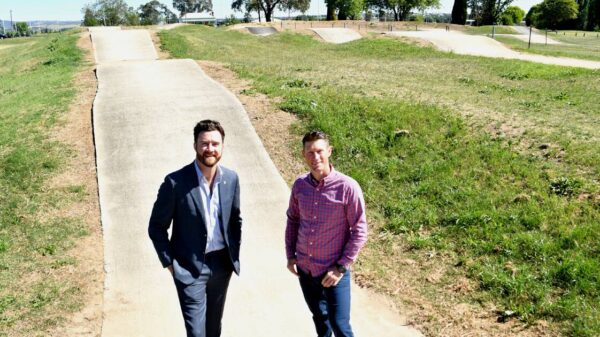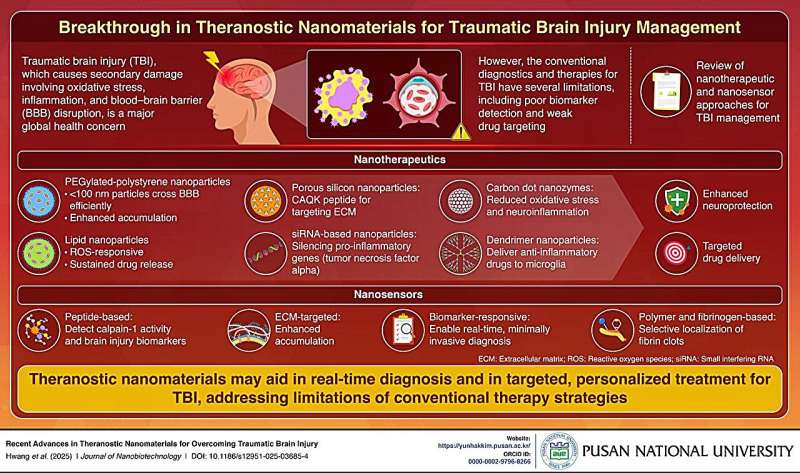Traumatic brain injury (TBI) remains a significant public health concern, impacting millions globally and often resulting in long-lasting disabilities. Traditional approaches to diagnosing and treating TBI face challenges, including delayed detection and ineffective drug delivery methods. Researchers at Pusan National University in South Korea have made significant strides in addressing these issues through the development of innovative theranostic nanomaterials.
In a recent study published on October 29, 2025, in the Journal of Nanobiotechnology, a team led by Professor Yun Hak Kim from the Department of Anatomy and the Department of Biomedical Informatics reviewed the latest advancements in nanotechnology aimed at both diagnosing and treating TBI. These engineered nanoparticles are designed to deliver medication precisely at the site of injury while simultaneously providing real-time monitoring of biological responses within the brain.
The unique capability of theranostic nanomaterials lies in their dual functionality. They can transport neuroprotective or anti-inflammatory drugs across the brain’s natural barriers while serving as sensors that track how brain tissue responds to treatment. This innovative approach allows medical professionals to address two critical objectives—treatment and diagnosis—within a single framework.
Advancements in Nanotherapeutics
The review highlights several promising nanotherapeutic strategies, including PEGylated-polystyrene nanoparticles, porous silicon nanoparticles, carbon dot nanoparticles, dendrimer nanoparticles, lipid nanoparticles (LNPs), and siRNA-based nanoparticles. Each of these technologies has shown potential for enhancing neuroprotection and facilitating targeted drug delivery in TBI cases. Notably, LNPs can effectively target damaged brain tissue and release neuroprotective agents, while carbon-dot nanozymes function like artificial enzymes to neutralize harmful reactive species.
The study also discusses the role of nanosensors, which include peptide-based, ECM-targeted, and biomarker-responsive sensors for real-time diagnosis and monitoring of TBI progression. Recent advancements aim to integrate these nanotechnologies with artificial intelligence and bioengineering, paving the way for adaptive treatment systems that could further enhance patient care.
Future Directions and Challenges
Despite the promising developments, significant challenges remain before these therapies can be widely adopted in clinical settings. Professor Kim emphasizes the importance of ensuring safety and biocompatibility. The rational design of nanomaterials that can degrade safely in response to changes in pH or enzyme activity will be crucial in minimizing risks associated with chronic accumulation in the body.
The researchers believe these innovations could transform neurotrauma care by allowing for faster diagnosis of TBI, safer treatment delivery, and continuous monitoring of recovery. By merging diagnostic and therapeutic capabilities into a single intelligent system, theranostic nanomaterials may signal a new era in personalized brain medicine, providing improved outcomes and renewed hope for patients.
“Our study paves the way for development of customized, minimally invasive, and continuously monitored therapies, improving recovery outcomes and quality of life for patients with TBI,” concludes Professor Kim.
These advancements in nanotechnology represent a significant leap forward in addressing the challenges posed by traumatic brain injuries, with the potential to change the landscape of treatment and care for affected individuals.



































































